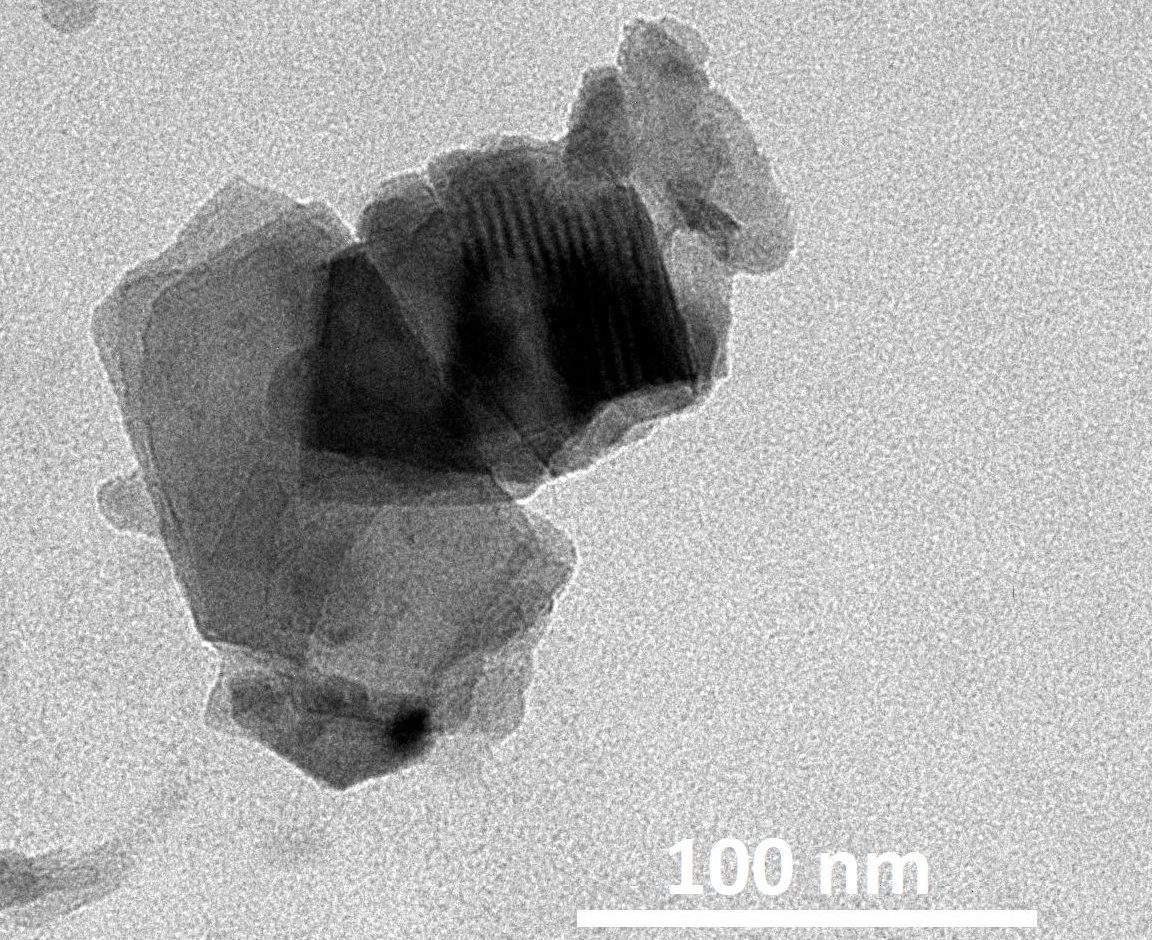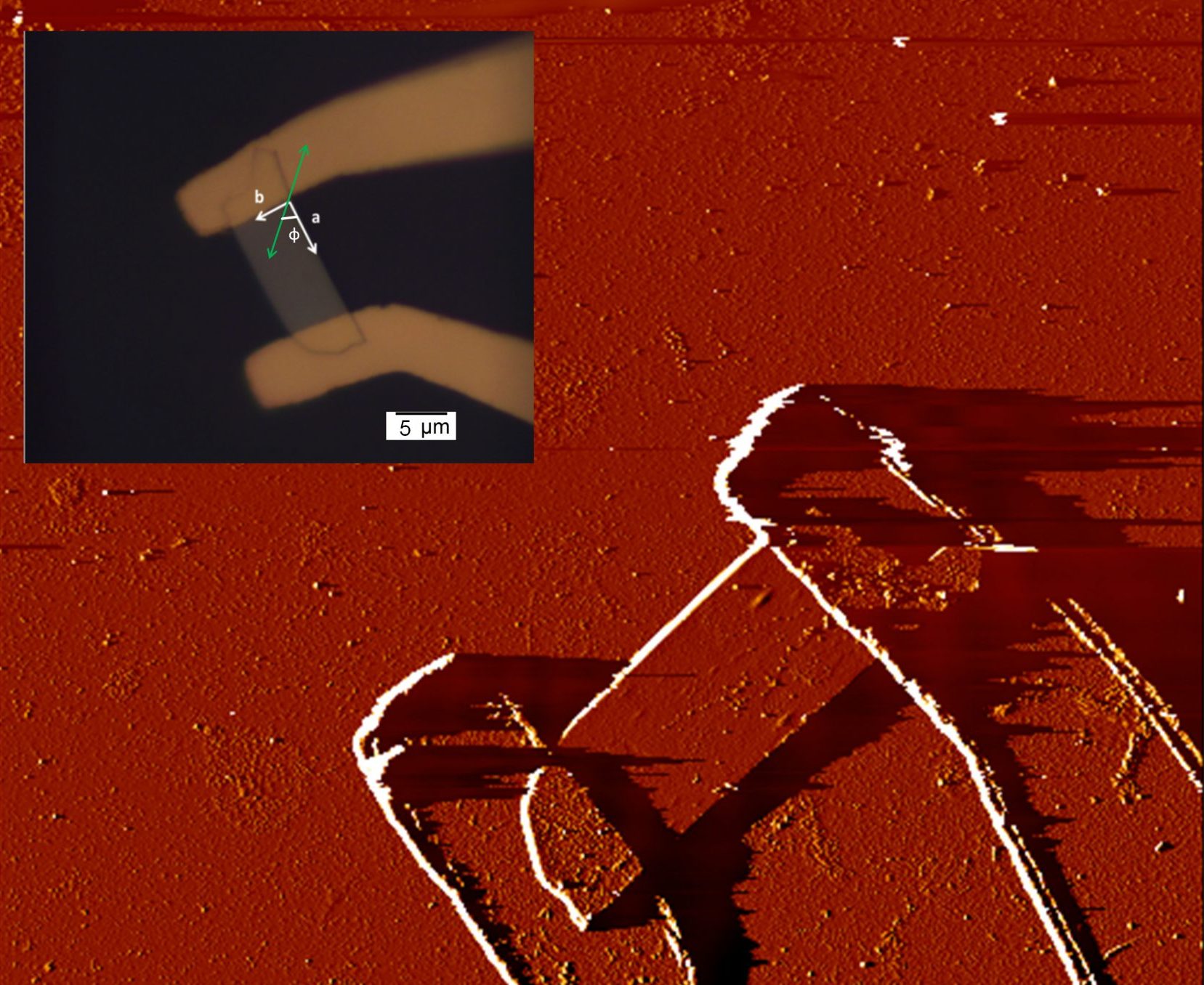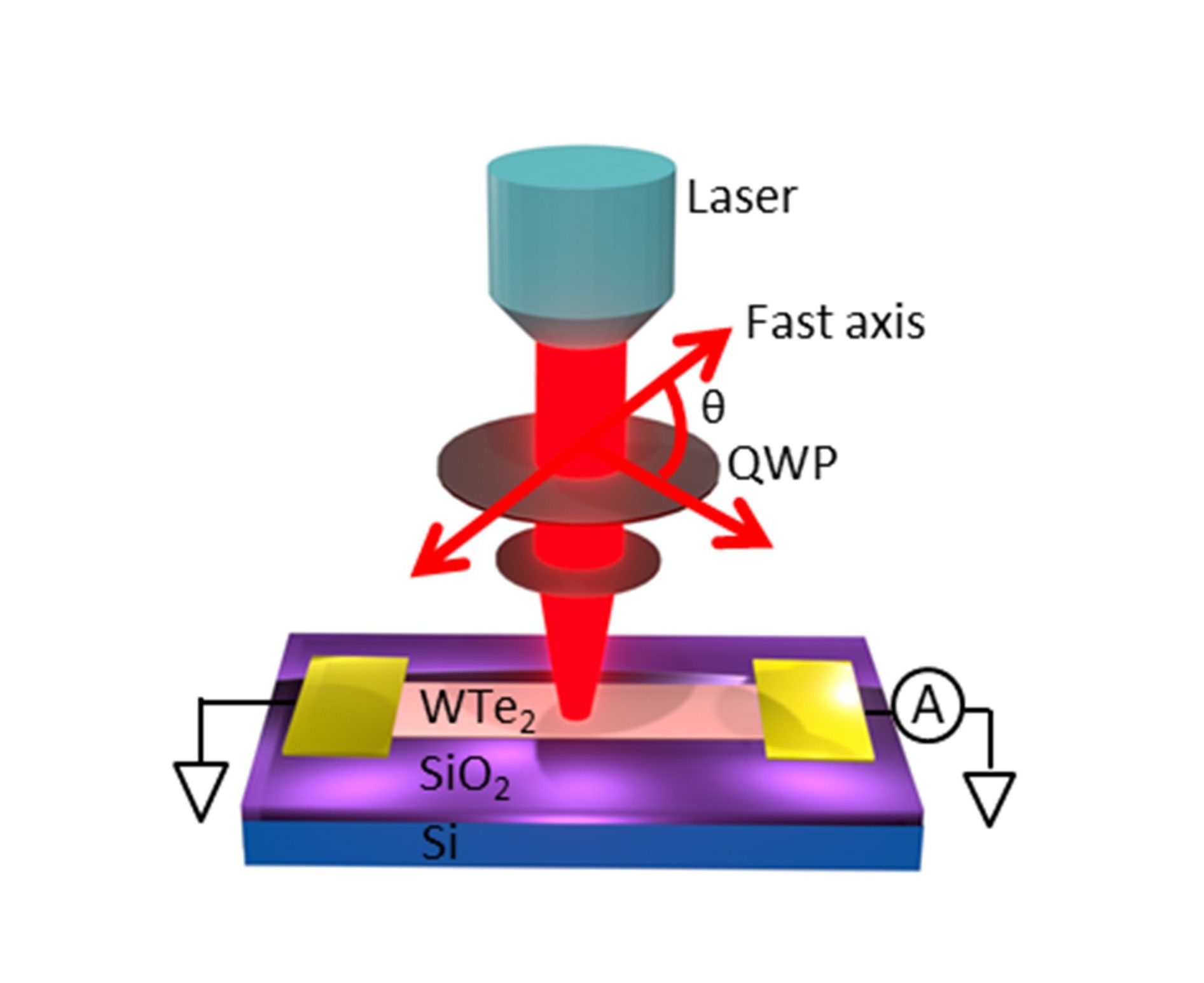RESEARCH
Two-dimensional materials



Implementing two dimensional (2D) materials as an active layer in flexible photodetectors has gained interest due to their high mechanical flexibility and excellent optoelectronic properties. Various efforts have been made to understand the photocurrent generation mechanisms and to improve the photoresponse behaviour of 2D MoS2 nanosheets (NSs), little is understood about the mechanisms underlying the photocurrent response of few-layer MoS2. For the last few years, we have investigated the mechanisms behind the photoresponse of few-layer MoS2 NS-based photodetector devices via time-dependent photocurrent measurements. The outcomes of this study provided an understanding of the photocurrent generation mechanisms in few-layer MoS2 NSs, which is essential for the improvement of MoS2 NS-based photodetector applications. We have also demonstrated a high-performance flexible photodetector based on these MoS2 NSs with excellent omnidirectional light detection capabilities. This study included the performance stability of these photodetectors with different bending radius and several bending cycles.
Weyl semimetals are topologically non-trivial quantum materials that are having a wide range nonlinear optical properties like large second harmonic generation, anomalous bulk photovoltaic effect etc. Nowadays the topological effects in Weyls semimetals are explored in developing self-powered photodetectors. A self-powered photodetector was made using Td-WTe2 single crystal. We have observed an interesting phenomenon called bulk photovoltaic effect, where the topology plays a significant role in enhancing the photoresponse in low energy regime. The planar microdevices based on Td-WTe2 were fabricated by photolithography. A photocurrent in nano ampere range was obtained by the illumination of a plane polarized laser source of wavelength 640 nm. The observed photocurrent is a collective effect of bulk photovoltaic phenomena and photothermoelectric (PTE) effect which is confirmed by its quadratic power dependence. The different phenomena like the PTE effect, shift current and circular photogalvanic effect were analysed using the polarization dependent photocurrent spectroscopy.
